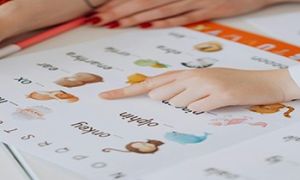Talking to young children about child protection is one of the most powerful ways to build their sense of safety, agency, and trust. It’s not about instilling fear—it’s about giving them language, confidence, and clarity to navigate their world. Here’s how to approach it with warmth, honesty, and age-appropriate care.
Start with What They Know: Bodies, Boundaries & Feelings
- Use everyday language: Talk about body parts using correct terms alongside nicknames. This normalizes the conversation and helps children describe experiences clearly.
- Teach “safe” and “unsafe” touch:Explain that some touches feel good (like hugs) and others feel uncomfortable or wrong. Reinforce that they can say “no” to any touch that feels bad—even from someone they know.
- Discuss body boundaries: Use phrases like “Your body belongs to you” and “You’re the boss of your body.”
How To Teach Safe and Unsafe Touch To Young Children
Teaching young children about safe and unsafe touch is a vital part of building their body autonomy, emotional literacy, and protective behaviors. It’s not a one-time conversation—it’s a gentle, ongoing dialogue woven into everyday life. Here’s a warm, age-appropriate approach grounded in best practices.
1. Use Clear, Simple Language
- Name body parts correctly:Use anatomical terms alongside nicknames to normalize the conversation and empower children to describe experiences clearly.
- Define safe touch: “Safe touch is when someone helps you, like a hug from someone you love or a doctor helping you when you’re sick.”
- Define unsafe touch: “Unsafe touch is when someone touches your body in a way that makes you feel scared, confused, or uncomfortable—even if they say it’s a game or a secret.”
2. Teach the “Body Rules”
- “Your body belongs to you.”
- “You can say ‘no’ to any touch—even from someone you know.”
- “No one should ask you to keep a secret about your body.”
- “If someone breaks a body rule, it’s never your fault.”
3. Introduce the “Safe Five”
Help children identify five trusted adults they can talk to if something feels wrong. Use handprint posters, drawings, or songs to make it memorable.
4. Practice Protective Phrases
Role-play scenarios and teach phrases like:
- “I don’t like that. Please stop.”
- “That’s my private part. You’re not allowed to touch it.”
- “I need to tell a safe adult.”
5. Reinforce Through Everyday Moments
- During bath time: “Only safe adults help with washing, and only when needed.”
- During dressing: “You can say ‘no’ if you don’t want help.”
- During play: “If someone touches you in a way you don’t like, you can walk away and tell someone.”
Build a Culture of Open Conversation
- Use books and stories: Picture books about consent, feelings, and safety are gentle entry points. They help children relate and ask questions.
- Talk during everyday moments: Mealtimes, bath time, or car rides are great for casual, non-intimidating chats.
- Validate their voice:Say things like “You can always tell me anything” or “I’ll believe you and help you.”
Teach Protective Behaviours
- Safe adults list: Help children identify 3–5 trusted adults they can talk to if something feels wrong.
- Secrets vs. surprises: Explain that surprises are fun and temporary, but secrets that make them feel scared or confused should always be shared.
- Practice saying “no”: Role-play scenarios where they might need to assert themselves. Make it playful and empowering.
Sample Phrases to Use
- “If anyone ever makes you feel yucky or scared, you can tell me—even if it’s someone you know.”
- “You never have to keep a secret that makes you feel bad.”
- “If someone breaks a body rule, it’s never your fault.”
Further Reading
Teaching Consent to Toddlers and Preschoolers
Lulu Says Yes, Lulu Says No
Simple Songs About Consent For Children
My Consent Pledge


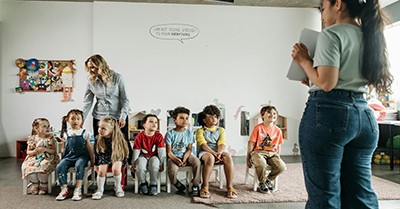




 Open ended questions cannot be responded to with one word answers such as yes or no. These types of questions enables a child to provide
Open ended questions cannot be responded to with one word answers such as yes or no. These types of questions enables a child to provide During your child’s preschool years, an important milestone begins to emerge. This is the development of pre-writing skills. Pre-writing skills are used to encourage, develop
During your child’s preschool years, an important milestone begins to emerge. This is the development of pre-writing skills. Pre-writing skills are used to encourage, develop Open ended materials enables children to play freely. They are objects that have no rules to follow, use or function. Raw materials that can be
Open ended materials enables children to play freely. They are objects that have no rules to follow, use or function. Raw materials that can be An Acknowledgment of the Country is a way of showing respect for the Traditional Owners and can be given by both non-Indigenous people and Aboriginal
An Acknowledgment of the Country is a way of showing respect for the Traditional Owners and can be given by both non-Indigenous people and Aboriginal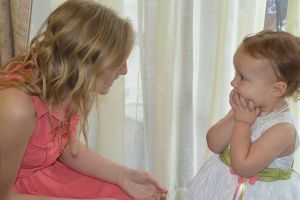 Language plays an important role in a child’s development. It enables a child to communicate effectively with their family, learn at school, socialize with friends,
Language plays an important role in a child’s development. It enables a child to communicate effectively with their family, learn at school, socialize with friends,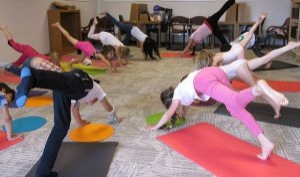 Like adults, children have to deal with their own stress in life. Moving house, starting a new school, preparing for a new sibling - these are
Like adults, children have to deal with their own stress in life. Moving house, starting a new school, preparing for a new sibling - these are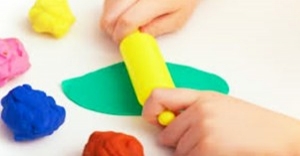 Playdough is such a versatile material. It provides numerous benefits to children as they manipulate it, it is safe and soothing and provides children with
Playdough is such a versatile material. It provides numerous benefits to children as they manipulate it, it is safe and soothing and provides children with Teaching children about sustainability enables them to appreciate and respect the natural environment. Early childhood services can provide meaningful hand on learning experiences in order
Teaching children about sustainability enables them to appreciate and respect the natural environment. Early childhood services can provide meaningful hand on learning experiences in order Recycling is an important concept that teaches children to care for the environment. It encourages children to be responsible and show a growing appreciating for
Recycling is an important concept that teaches children to care for the environment. It encourages children to be responsible and show a growing appreciating for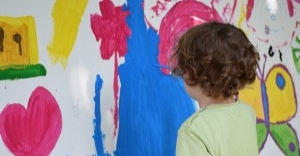 When children apply paint to paper, glue things together, or pound a lump of clay, they experiment with colour, shape design and texture.
When children apply paint to paper, glue things together, or pound a lump of clay, they experiment with colour, shape design and texture.
